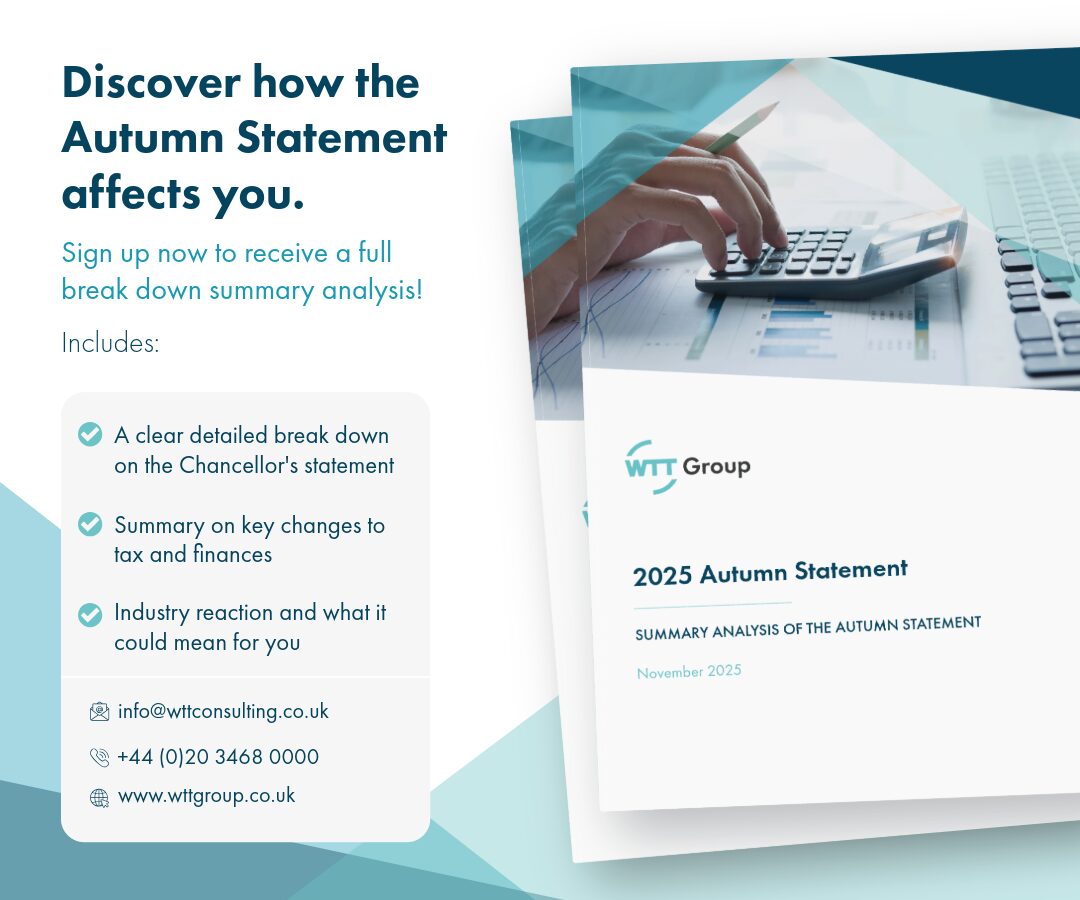Checked & unbalanced
10th December, 2021 I’m often educated by my law trained business partner as to…

Company Strike Off: How to Strike Off Your Limited Company
If you’ve decided to close your limited company and it no longer has any outstanding debts, the simplest and most cost-effective method may be to strike it off the Companies House register. Also known as voluntary dissolution, this process allows directors to formally close a solvent company without going through liquidation. Below, we explain when striking off is appropriate, how the process works, the necessary legal and tax steps, and why professional advice is still essential.
Company owners can strike off a limited company through a formal procedure that closes the business when they no longer need it. Businesses usually choose this process after they stop trading, clear all debts, and meet the required eligibility criteria.
There are two types of strike off:
Initiated by the directors when the company is no longer needed.
Initiated by Companies House due to non-compliance, such as failing to file accounts.
Striking off your limited company may be appropriate in circumstances such as:
If your company has more than £25,000 in retained profits, you may want to consider a Members’ Voluntary Liquidation (MVL) for better tax treatment.
Striking off your limited company can offer several advantages if done under the right circumstances. It is generally a low-cost, quick, and straightforward process that does not require the appointment of an insolvency practitioner, making it an attractive option for directors of dormant or inactive companies. However, there are important drawbacks to consider.
A company strike off is not suitable for businesses with any outstanding debts or liabilities, and mishandling the process can lead to tax complications. There is also the risk that creditors may come forward after dissolution, potentially exposing directors to personal liability. Additionally, HMRC may scrutinise the process, especially if it appears to be used to avoid tax. As such, careful planning and professional guidance are essential to ensure the strike off is appropriate and properly executed.
Company directors will need to ensure that the company meets the eligibility criteria for this process. The company would be classed as eligible in if the business has no outstanding debts, has ceased trading activities, and is not involved in any legal proceedings. With all these boxes ticked, company directors can begin to engage the strike off procedure.
Next, the directors will need to inform HMRC of their intentions to strike off the company. To do this, the company directors will need to ensure that all financial accounts are up to date, submit the final set of accounts to HMRC and settle any outstanding taxes.
If there are any assets within the business, directors will be required to distribute or dispose of them according to the company’s articles of association.
All company directors are required to sign a DS01 Form to apply for striking off. Shareholders with significant control must also give their consent. To complete the form, directors will need to provide details such as the company’s name, registration number, and a statement of solvency (confirming that the company can pay its debts within 12 months).
Company directors must file the completed DS01 Form with Companies House. Currently, it costs £8 to apply for a DS01 Form Online, or £10 for a paper application. Following the forms submission, there is a waiting period of 3 months during which creditors and other interested parties can object to the striking off.
Once passed, providing no objections are raised within the 3-month waiting period, Companies House will confirm that the company has been wound up and struck off the register, meaning the company will be officially dissolved and cease to exist as a legal entity.
Before striking off a company, it is important to ensure that all legal and financial obligations are fulfilled, including:
Directors should also be cautious of the Targeted Anti-Avoidance Rules, often referred to as TAAR. This legislation states that if you receive a distribution on strike off and then start a similar business within two years, the distribution could be taxed as income rather than capital.
Striking off your limited company can be a cost-effective and straightforward way to wind down a business. However, important considerations remain, particularly around tax treatment and asset distribution. This is where seeking professional accounting and tax advice becomes essential. An experienced advisor can help you prepare final accounts, manage tax returns, and ensure all statutory requirements are fulfilled before submitting your DS01 form. They can also help you assess whether strike off is the most efficient option or if alternatives like an MVL would result in better tax outcomes. With professional guidance, you can avoid costly mistakes, meet your responsibilities with confidence, and bring your company to a close smoothly and compliantly.
 Article
Article
10th December, 2021 I’m often educated by my law trained business partner as to…
 Article
Article
2nd July, 2021 Crypto Tax- What can we learn from the US? Introduction The…
 Article
Article
The UK’s IHT framework has undergone major reform, replacing the long-standing domicile-based system with…
 Article
Article
Inheritance Tax (IHT) is one of the most significant considerations in long-term wealth planning,…
 Article
Article
What the Autumn Budget 2025 Means for You Rachel Reeves delivered this year’s Autumn…
We’d love to hear from you!
Whether you simply have a quick question, or were seeking a more formal conversation to discuss your tax needs, drop your details here and we will be in touch! Alternatively, you can contact us on +44 (0)20 3468 0000.